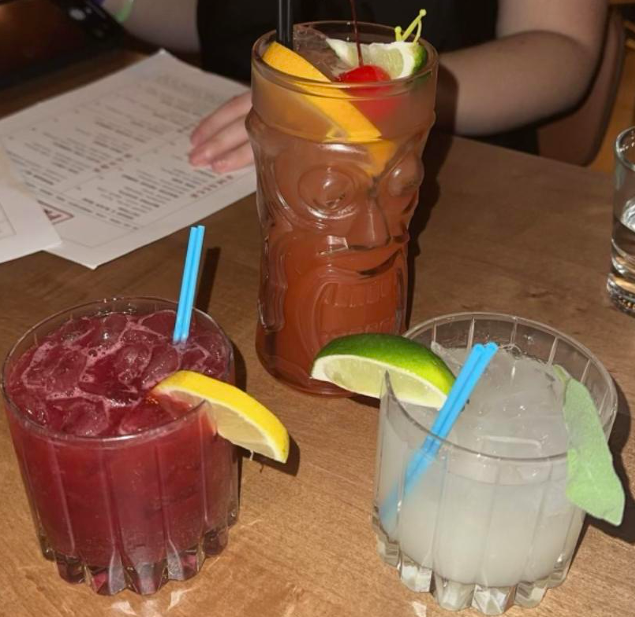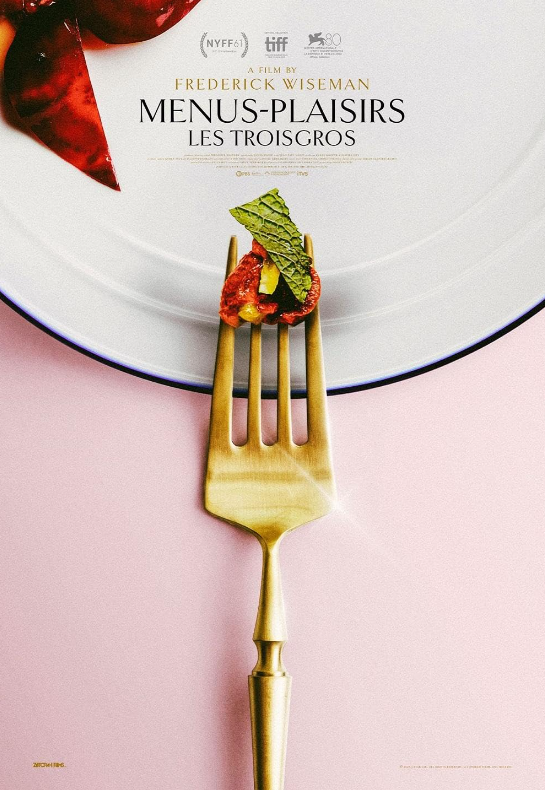
As the crisp autumn weather blankets the University of Massachusetts campus and the Pioneer Valley landscape seeps from deep green to vibrant reds and oranges, students remember why this greatly-kept western Massachusetts seasonal secret is so heavily lauded. Along with the changing foliage and cozy wardrobe emerging from the back of everyone’s closets comes a slight change in diet: pumpkin spice, herbal teas and, best of all, apple cider.
In all UMass dining halls this week from Oct. 18-24 from 7 a.m. to 9 p.m., it is “Apple Week” as more apple selections will be offered, and students on meal plans can take full advantage of the locally-grown autumn fruit.
Along with its delicious local apples, the Pioneer Valley is certainly a celebrator of cider, both virgin and alcoholic, which is made directly from apples. Hampshire Dining Hall has cider daily and many students (of drinking age) enjoy the Angry Orchard Hard Cider in substitution of beer.
Both the history and process of making cider is, like most of our beloved American pastimes, very long and complex. This is fitting as the apple is arguably the most quintessential, iconic fruit of the United States.
American youth grow up punching holes into apple juice boxes in preschool, eating apple pie with vanilla ice cream as dessert, apple picking with their families in the fall, affiliating the fruit with its influence on Newton’s Laws of Motion and Adam’s demise in the Garden of Eden. Not to mention drinking cider. The fruit even impacted the budding genius of young, orchard-dwelling Steve Jobs during the early years of his company. Consuming apples in any form (including drinking our cider in the fall), whether or not we realize it, is an inherently patriotic act.
And, if that is what it means to express American pride, I am not going to complain.
I had never had cider, except for the Atkins Farm Cider from the UMass dining halls, until this Columbus Day weekend when I visited a friend’s house. Her parents hosted a cider press party for the whole neighborhood to come and make their own cider with machines.
It was the perfect autumn day: crisp, clear-skied and just warm enough to stand outside. Apples of all different breeds seemed to proliferate as the day went on and other visitors brought their own bushels, probably adding up to the thousands. I never felt more in touch with bucolic New England than that afternoon.
But my experience, apparently, has not been limited to western Massachusetts but across the northern regions of the United States. The family I visited who hosted the cider press, in fact, adopted the tradition from where they grew up in Michigan.
The process was simple: Apples were washed in a large barrel of water, then cut into fourths and placed into a giant bowl. The bowl of apples, once full, went down the chute of the cider press while someone spun a reel that grounded them into even smaller bits. These shreds fell into a bucket and were then compressed by a wooden block pushed downward by a spiraling pole, the force of which squeezed out the juice. The juice fell through the bottom of the bucket and drizzled into a tin tray, soon to travel into the bellies of the mason jars and reused plastic gallon jugs waiting on the table. The job of pressing the cider alone took two people, and four people were stationed to wash and fraction the apples.
It was the most relaxing afternoon I had since the fall semester began. Maybe it was standing in the sun and breathing fresh air instead of staring at a laptop screen, or kneeling down with a glass to catch the dripping cider from the bucket like it was a fountain of youth. Maybe it was experiencing something new, however trivial it seemed.

If anything, making cider was therapeutic. With the stress of midterms and the seemingly endless tunnel of a journey through the remaining semester, students should remember to make time in any way they can to relax, be outside and enjoy the simple pleasures that the special little pocket of New England has to offer. Cider pressing is a great and easy way to relax and boost mental health, especially if you spend most of your day staring at a phone or laptop screen. The best part is the reward at the end: delicious, nutritious and completely natural cider. While college is an inherently stressful feat, it’s important not to let yourself forget to take full advantage of being a student in the Pioneer Valley for the fleeting time you are here.
Cider has deep cultural roots in the Amherst area, mimicking most of the United States. The Amherst Cider Festival took place on National Johnny Appleseed Day on Sept. 26 at the Lindabury Orchard at the top of Christian Hill, celebrating John Chapman (known today as Johnny Appleseed), an American pioneer who introduced apple trees to many parts of the United States in the early 19th century.
Carr’s Ciderhouse in Hadley manufactures hard cider, cider vinegar and cider syrup for Pioneer Valley cider-lovers. There are also the famous and popular apple cider donuts specially made at Atkins Farm, which prides itself on 50 years of local, high-quality business right in the UMass neighborhood.
The tradition of cider is near ancient. According to the UTNE Reader’s article, “The History of Cider Making,” cider began as an alcoholic beverage dating back thousands of years ago, involving the Greeks and Romans. The best cider, strangely enough, is made from the bitterest apples; interestingly, early cider was made of apples not sweet enough to eat.
Water, before filters, was often an untrustworthy beverage as it contained myriad diseases including (but not limited to) cholera and E. coli. Therefore, cider, like rum for pirates (but less scurvy-inducing, it seems), was a alternative to water in apple-growing regions. People drank a pint or more a day, sometime starting at breakfast.
According to Mass.Gov, cider differs from apple juice in that cider is raw apple juice that has not undergone any filtration process to remove pulp or sediment. Apple juice that you buy in a store or drink from a Mott’s carton, however, is filtered in order to stay fresh longer. Regardless, the juice is a great source of potassium, iron and pectin (which is shown to keep cholesterol levels down). A six-ounce glass is only 87 calories.
My hosts said the amount of apples it took to make a gallon of cider depended on the apples: how big they were, how much juice they yielded and other factors.
Apples themselves are already low in sugar compared to other fruit, making it a comparatively healthy alcoholic beverage.
Sarah Gamard can be reached at [email protected] or on twitter @SarahGamard


















